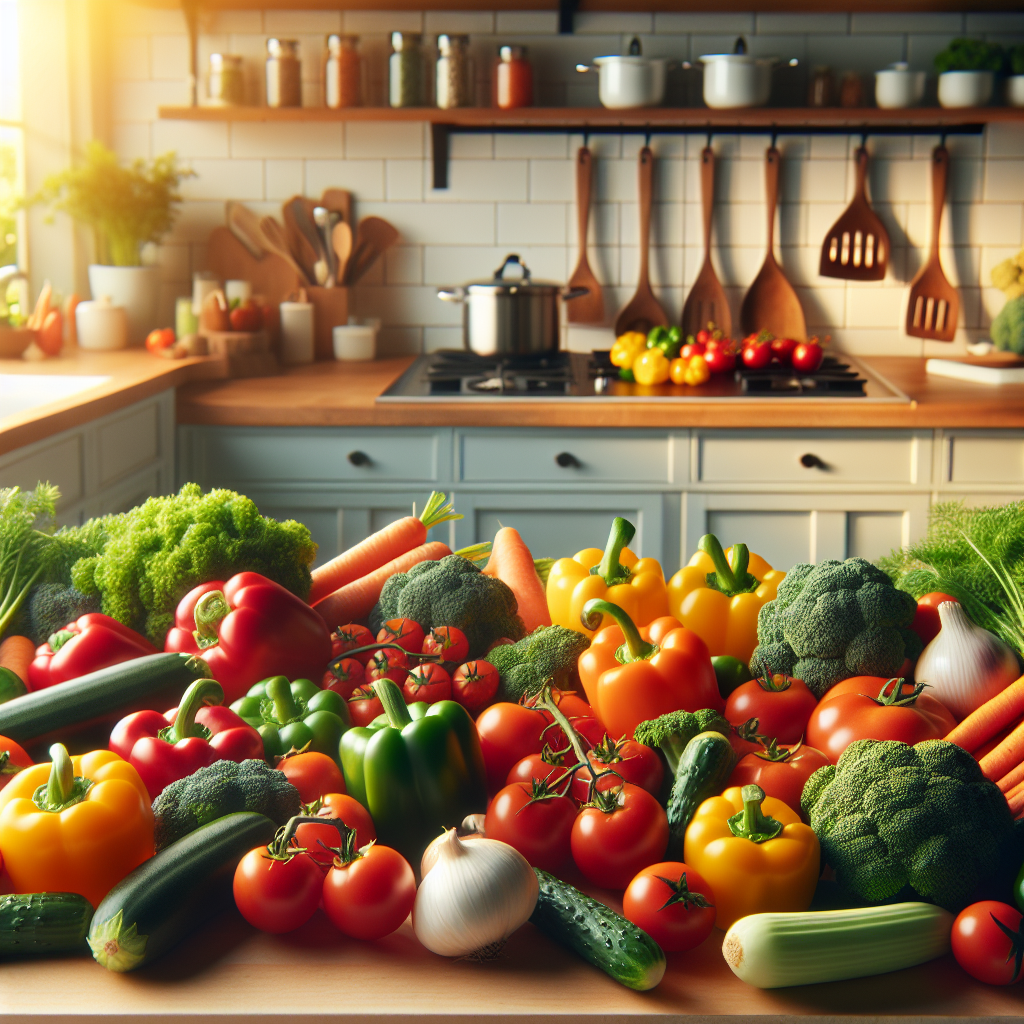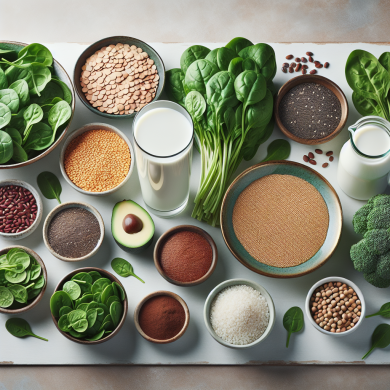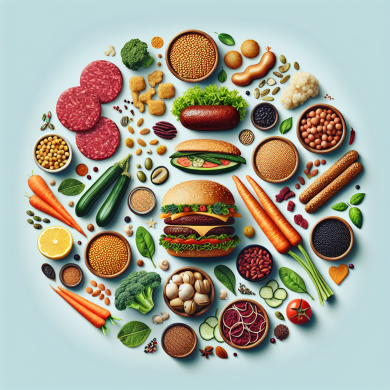Creative Vegetarian Meal Planning for Families
Introduction
In recent years, vegetarianism has gained significant traction as a choice for families aiming to embrace healthier eating habits. Whether motivated by health concerns, environmental considerations, or ethical beliefs, more families are turning to plant-based diets. While the transition can seem daunting, creative vegetarian meal planning can ensure balanced nutrition and variety, keeping meals exciting and satisfying for everyone. This article provides comprehensive guidance on planning vegetarian meals that cater to the diverse needs and preferences of family members, encouraging a sustainable and enjoyable lifestyle.
Understanding Nutritional Needs
Before diving into meal planning, it’s crucial to understand the nutritional needs of a vegetarian diet. A well-planned vegetarian diet can provide all the necessary nutrients for people of all ages. Key nutrients to focus on include:
- Protein: Essential for growth and repair, protein can be sourced from legumes, beans, lentils, tofu, tempeh, seitan, quinoa, and a variety of nuts and seeds.
- Iron: Found in spinach, lentils, chickpeas, fortified cereals, and pumpkin seeds. Pairing iron-rich foods with vitamin C-rich foods like citrus fruits and bell peppers can enhance absorption.
- Calcium: Necessary for bone health and found in dairy products, fortified plant-based milks, tofu, and leafy greens.
- Vitamin B12: Often found in animal products, but vegetarians can obtain it from fortified cereals and plant-based milks or supplements.
- Omega-3 Fatty Acids: Important for brain health, sourced from flaxseeds, chia seeds, walnuts, and algal oil supplements.
- Zinc: Vital for immune function, and available in beans, lentils, nuts, seeds, and whole grains.
Setting the Foundation: Meal Planning Basics
To create a successful vegetarian meal plan, consider the following principles:
Plan Ahead
Set aside time each week to plan meals. Having a structured plan prevents last-minute stress and ensures that meals are balanced and varied.
Incorporate Variety
Variety is key to a nutritious and interesting diet. Use a range of different fruits, vegetables, grains, and proteins to cover all essential nutrients and keep meals exciting.
Balance Each Meal
Aim to include a source of protein, carbohydrates, and healthy fats in each meal. This ensures sustained energy levels and satiety.
Include Family in Planning
Involve family members in the planning process. Allowing children to choose vegetables or help with meal prep can increase their interest in trying new foods.
Creative Breakfast Ideas
Starting the day with a nutritious breakfast sets a positive tone. Here are some vegetarian options:
- Vegetable Omelette with Spinach and Cheese: Use eggs or a chickpea flour batter for a protein-rich omelette filled with sautéed spinach, tomatoes, and cheese.
- Overnight Oats: Combine rolled oats with plant-based milk, chia seeds, and fruits for a quick and customizable breakfast.
- Avocado Toast: Top whole-grain bread with mashed avocado, cherry tomatoes, and a sprinkle of sesame seeds.
- Fruit and Yogurt Parfaits: Layer Greek yogurt with mixed berries and granola for a satisfying and colorful meal.
Lunch: Midday Fuel
Lunch should be nutritious yet easy to prepare. Consider these options:
- Chickpea Salad Sandwiches: Mash chickpeas with avocado, lemon juice, and herbs, then spread on whole-grain bread with lettuce and tomato.
- Vegetable Stir-fry: A quick stir-fry of colorful vegetables with tofu and soy sauce over brown rice or quinoa.
- Hearty Lentil Soup: A comforting soup with lentils, carrots, celery, and spices. Serve with whole-grain bread.
- Quinoa Salad: Mix cooked quinoa with black beans, corn, diced bell peppers, and a lime vinaigrette.
Dinnertime Delights
Dinner is an opportunity to enjoy a fulfilling meal together. Try these creative dishes:
- Stuffed Bell Peppers: Fill bell peppers with a mixture of rice, beans, onions, and spices, then bake until tender.
- Vegetarian Tacos: Use black beans or lentils as the base, topped with avocado, salsa, and shredded lettuce.
- Eggplant Parmesan: Breaded and baked eggplant slices layered with marinara sauce and cheese, served with a side of whole-grain pasta.
- Mushroom Risotto: A creamy risotto made with arborio rice, mushrooms, and vegetable broth.
Snacks and Treats
Healthy snacks can keep energy levels stable throughout the day. Consider:
- Hummus and Veggie Sticks: Fresh vegetables like carrots, cucumbers, and bell peppers with homemade or store-bought hummus.
- Trail Mix: A mix of nuts, seeds, and dried fruits for a quick energy boost.
- Fruit Smoothies: Blend your favorite fruits with spinach and almond milk for a refreshing drink.
- Rice Cakes with Nut Butter: Top rice cakes with almond or peanut butter and banana slices.
Overcoming Challenges
Transitioning to a vegetarian diet can come with challenges. Addressing common issues can facilitate a smoother transition:
- Picky Eaters: Gradually introduce new foods alongside familiar favorites, and involve children in meal preparation to increase their willingness to try new dishes.
- Time Constraints: Prepare meals in bulk or utilize slow cookers and pressure cookers to save time during busy weekdays.
- Budget Concerns: Plan meals around seasonal produce and buy in bulk to reduce costs. Incorporate affordable protein sources like beans and lentils.
Conclusion
Creative vegetarian meal planning for families is not only feasible but also rewarding. By understanding nutritional needs, incorporating variety, and involving the family in planning, meals can become an enjoyable and health-promoting experience. With the ideas and strategies outlined in this article, families can embark on a vegetarian journey that supports the well-being of each member while fostering a positive relationship with food.















Add comment